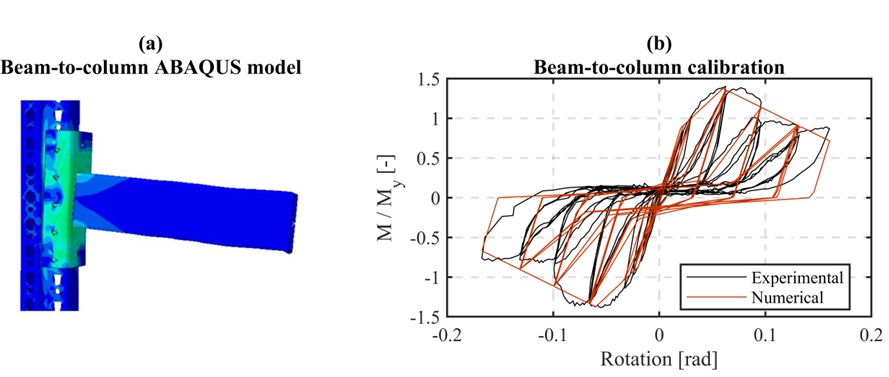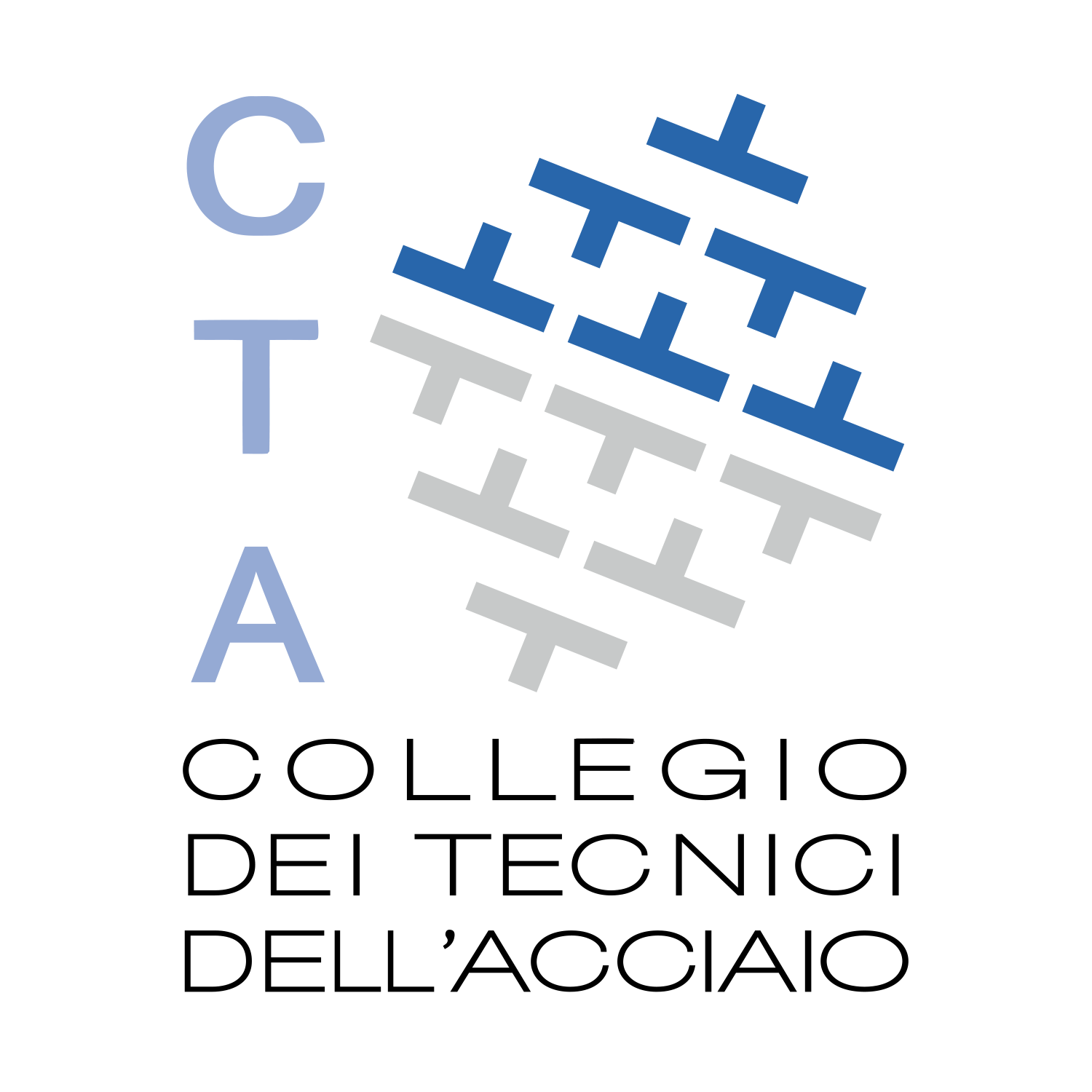Giammaria Gabbianelli (1), Marco Simoncelli (2), Daniele Perrone (3), Emanuele Brunesi (4), Ricardo Monteiro (5)
(1) University of Pavia, Department of Civil Engineering and Architecture, Pavia, Italy
(2) Politecnico di Milano, Department of Architecture, Built environment and Construction engineering (DABC), Milan, Italy
(3) University of Salento, Department of Engineering for Innovation, Lecce, Italy
(4) European Centre for Training and Research in Earthquake Engineering (EUCENTRE), Pavia, Italy
(5) University School for Advanced Studies IUSS Pavia, Italy
I recenti eventi sismici hanno chiaramente evidenziato la vulnerabilità sismica delle scaffalature metalliche portapallet. Nonostante il costo degli scaffali sia piuttosto limitato, i prodotti contenuti all’interno di essi possono essere estremamente costosi. Infatti, il terremoto dell’Emilia-Romagna del 2012 ha portato ad ingenti perdite economiche, sia dirette che indirette. Per esempio, solo considerando l’industria casearia, i danni afferenti alle forme di Parmigiano Reggiano e Grana Padano hanno determinato delle perdite economiche pari a circa 150 milioni di euro. Nonostante i recenti sforzi per la valutazione del comportamento sismico di queste tipologie di strutture, sussiste ancora grosse lacune in termini di conoscenza e tecniche, soprattutto in riferimento ad approcci di intervento strutturale in scaffali esistenti. Questo studio si prefigge l’obiettivo di introdurre un nuovo approccio per migliorare il comportamento sismico degli scaffali metallici portapallet attraverso un dispositivo dissipativo che sia economico, personalizzabile per ogni tipologia di sistema e facilmente sostituibile in caso di danneggiamento. I risultati ottenuti, basati su analisi dinamiche nonlineari, hanno dimostrato la fattibilità del dispositivo e il conseguente miglioramento delle prestazioni sismiche dello scaffale, in termini di energia accumulata, spostamento di interpiano e spostamento residuo.
 INTRODUCTION
INTRODUCTION
The European logistics industry, including warehousing, transhipment and transport, is of vital importance to the European economy. The total European market for racking and storage equipment was yearly about € 4 billion in 2014 and has significantly increased in the last years. Downtime is not an option for the supply chain, as these infrastructures, during a pandemic or following natural hazard extreme events (such as wind, earthquakes or fires), assume a role of fundamental importance for society and must continue to function without interruption even under unfavourable conditions. For instance, in the Italian context, recent major seismic events, such as the 2012 Emilia-Romagna earthquake [1] or the 2016 Central Italy earthquake [2], caused the collapse of several racks and warehouses, underlining their inherently high seismic vulnerability. Medium-high intensity earthquakes statistically hit Italy about every five years; therefore, urgent actions are necessary to reduce the occurrence of disruptions and downtimes in such vital infrastructures. An interruption of deliveries or a loss of basic supplies during a catastrophic event could have severe consequences both from a social point of view… […]
Leggi l’articolo completo su Costruzioni Metalliche, n. 5/2022.

